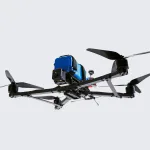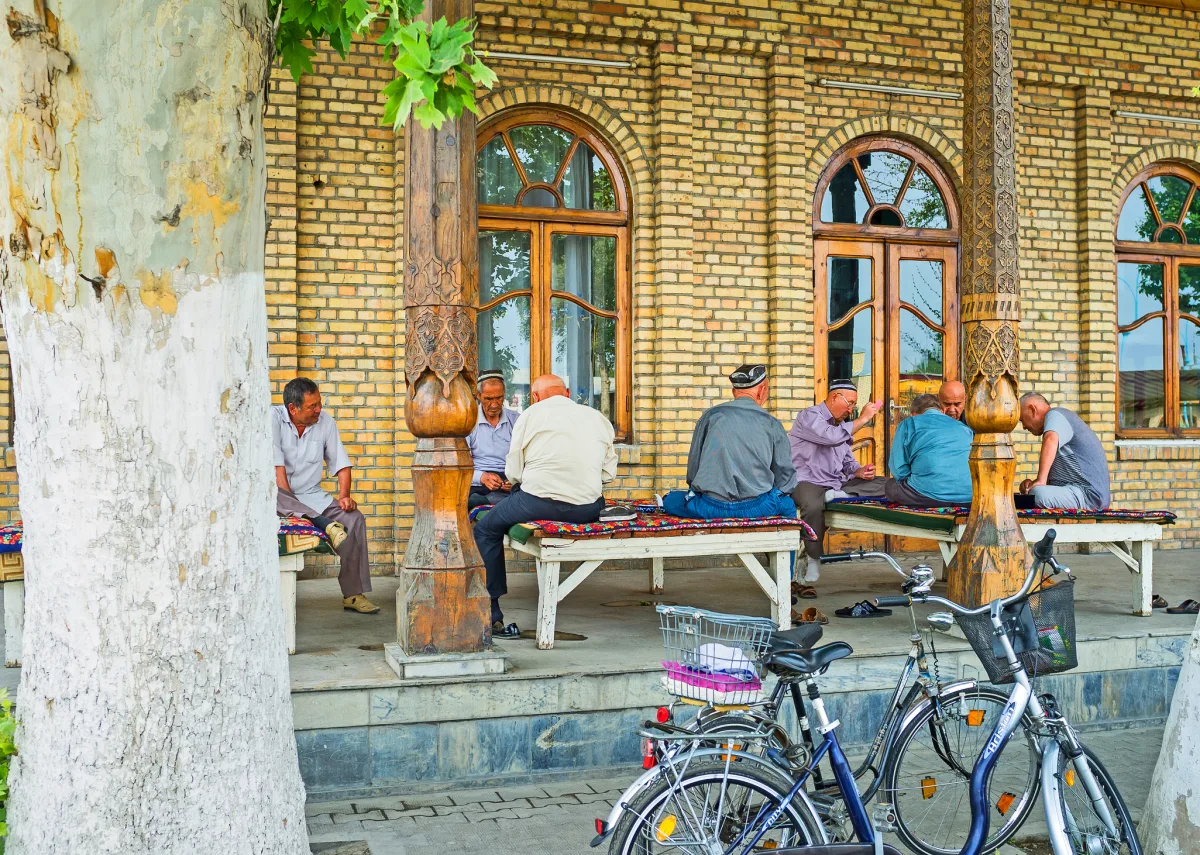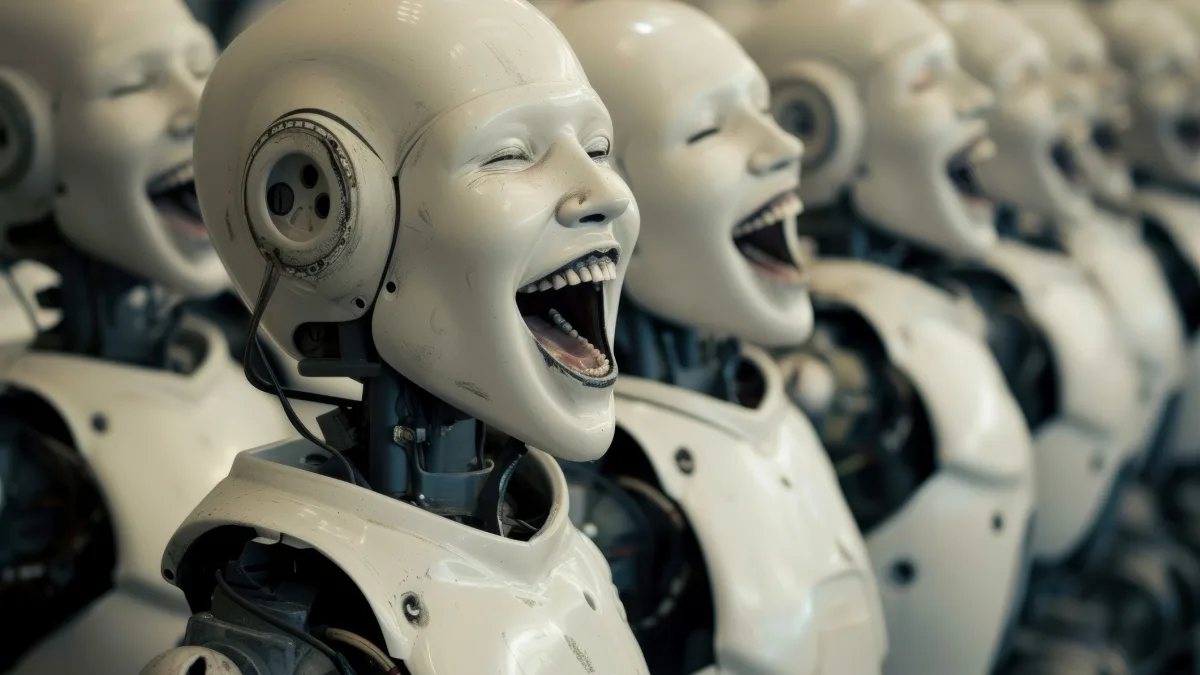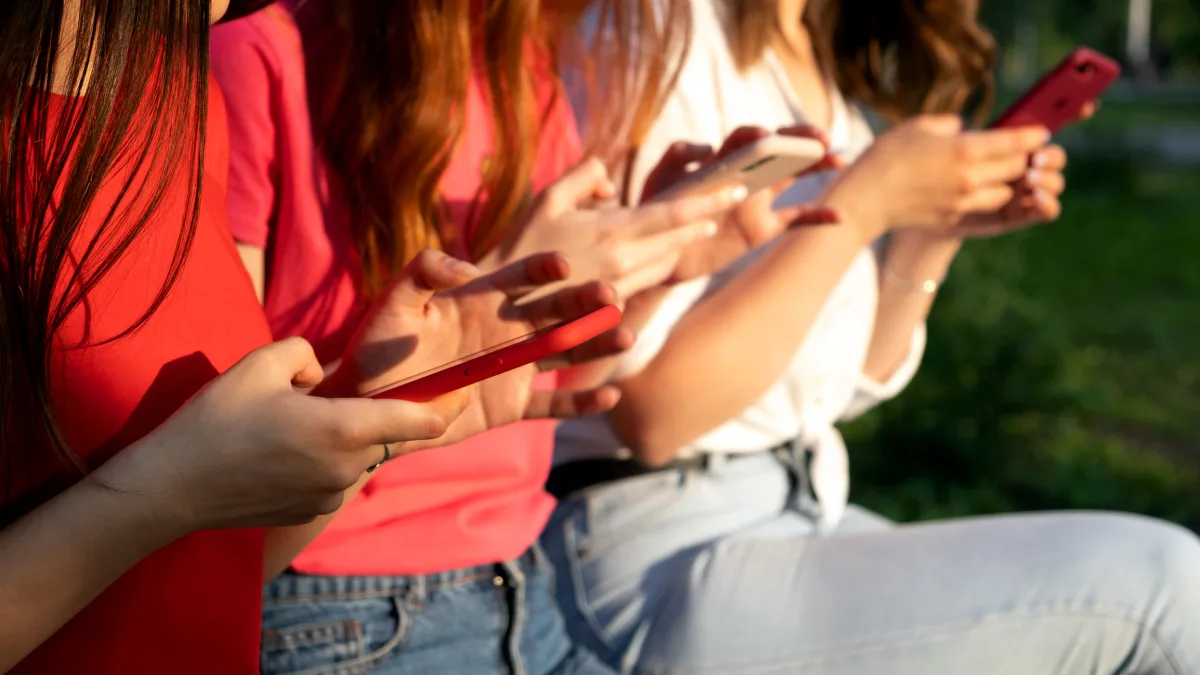Central Asia has in recent years undergone a remarkable transformation—from a region historically marked by political divisions and competing national interests to one increasingly characterised by cooperation, convergence, and dialogue.
Today, Central Asian countries are actively exploring the concept of strategic autonomy and greater regional solidarity, not as an abstract ambition, but as a practical response to the shared challenges and opportunities they face.
A key institutional vehicle for this evolving cooperation is the Consultative Meeting of Central Asian Leaders. Unlike formal international summits, this forum allows for open and informal dialogue among heads of state. It is valued precisely because it enables leaders to discuss sensitive regional matters candidly, without the constraints of protocol. The momentum for regional cooperation is clearly growing, and this forum has become a symbol of Central Asia’s desire to take its future into its own hands.
Beyond this, Central Asian states cooperate through platforms such as the Shanghai Cooperation Organisation (SCO) and the Organisation of Turkic States, both of which offer multilateral mechanisms for addressing regional security, economic integration, and cultural exchange. Importantly, what was once a region of competing national agendas is now evolving into a space of shared strategic vision, including coordinated positions in international fora such as the United Nations.
Additionally, in recent years, the foreign policies of Central Asian states have demonstrated a growing degree of coordination and regional alignment, especially in their engagement with external partners.
This shift is reflected in the emergence of multilateral dialogue formats between Central Asia and key global actors. Notably, the European Union–Central Asia Summit, most recently held in Samarkand in April 2025, marked a milestone in strategic dialogue, underlining a shared commitment to regional connectivity, sustainable development, and mutual security.
Similar regional cooperation formats have been institutionalised with other global players, such as the C5+1 format with the United States, focusing on green transition, economic reforms, and regional security. Germany has also advanced a Central Asia–Germany high-level dialogue, including the ‘Berlin Initiative’, aimed at promoting green energy, vocational training, and the rule of law. Meanwhile, Italy has launched its Central Asia + Italy format as part of its strategy to diversify partnerships in Eurasia and promote economic diplomacy.
Shared threats, challenges
These platforms reflect a common regional approach where Central Asian states increasingly choose to engage as a bloc, rather than solely through bilateral channels. This enhances their negotiating capacity, visibility, and strategic coherence on the global stage. While each country maintains its sovereignty and specific foreign policy priorities, there is a growing recognition that regional solidarity amplifies voice and leverage in an increasingly complex geopolitical landscape.
This shift aligns with the broader regional identity-building efforts under the Consultative Meetings of Central Asian Leaders and reflects a pragmatic understanding that shared challenges—such as water management, climate adaptation, and migration—are better addressed collectively and in concert with international partners.
Common regional challenges also drive this growing convergence. Climate change, water scarcity, and labour migration are issues that transcend borders. One of the most pressing concerns is the region’s vulnerability due to the presence of millions of Central Asian migrant workers in Russia, which creates economic, political, and even social fragilities.
Similarly, security threats stemming from terrorism, extremism, and instability in neighbouring Afghanistan demand a coordinated regional response.
In this regard, Uzbekistan has taken a leading role in advocating for constructive engagement with Afghanistan. Rather than treating Afghanistan solely as a security threat, Uzbekistan emphasises its potential as a partner in regional development. Tashkent continues to promote infrastructure and connectivity projects that include Afghanistan and actively engages with global stakeholders to avoid repeating past mistakes that led to isolation and instability. These efforts are crucial for countering radicalisation and preventing the spread of extremism across the region.
Another major regional concern is demographic pressure, particularly in Uzbekistan, where over 60 per cent of the population is under the age of 30. This youth bulge presents both opportunities and challenges. Uzbekistan aims to provide higher education access to 50 per cent of young people by 2030, a bold and necessary goal. However, such educational expansion must be matched by meaningful employment opportunities.
To this end, Uzbekistan has established a specialised migration agency to facilitate the organised deployment of skilled labour abroad, including in cooperation with the European Union. Agreements with countries like Germany are already in place, and more are expected to follow.
A new regional identity
All these initiatives—whether in education, migration, energy, or security—are being pursued in parallel and in partnership with regional peers. The increasing alignment of foreign policy priorities, the absence of interstate tensions, and the habit of consultation signal that Central Asia is developing a new regional identity based on strategic autonomy, mutual respect, and proactive cooperation.
While the concept of a formal ‘political union’ remains premature, the foundations for deeper regional integration are being laid. As long as this cooperative spirit persists, the Central Asian region will continue to gain agency and resilience amid a turbulent geopolitical landscape.
Photo: Dreamstime.







